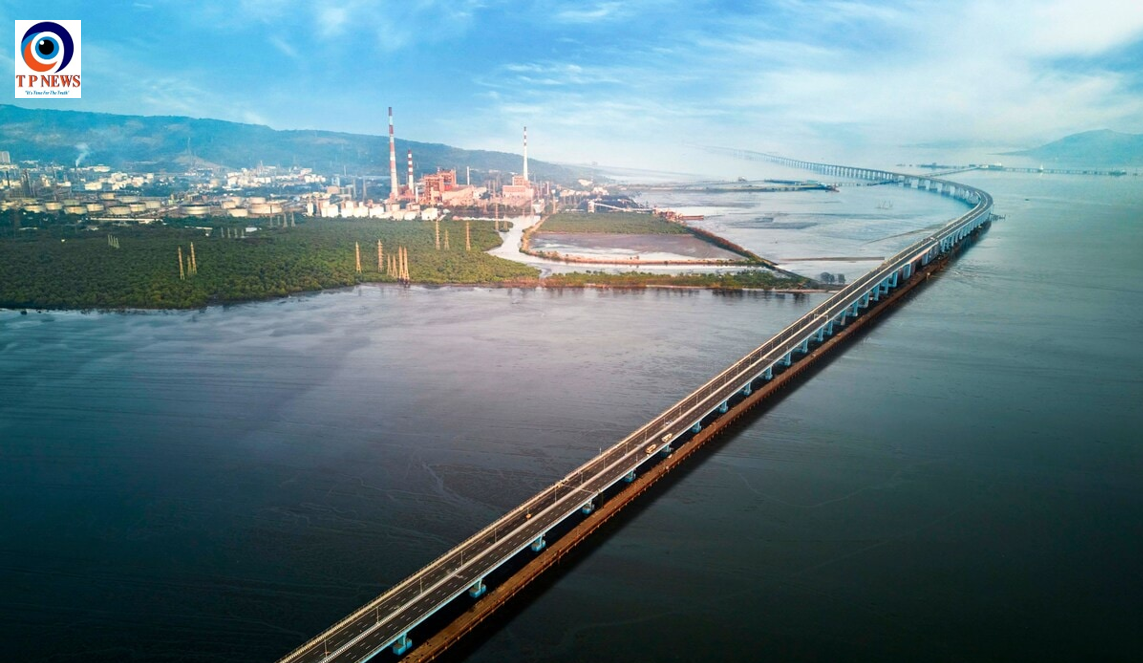New Delhi: In a monumental leap for India’s infrastructure, Prime Minister Narendra Modi is set to inaugurate the Atal Bihari Vajpayee Sewri-Nhava Sheva Atal Setu today. The Mumbai Trans Harbour Link, dubbed the Atal Setu, stands as the nation’s longest sea bridge, connecting Sewri in Mumbai to the Nhava Sheva area in Raigad district at a cost of ₹17,840 crore.
This historic project, initiated with the laying of its foundation stone by PM Modi in December 2016, pays tribute to the late former Prime Minister Atal Bihari Vajpayee. The Atal Setu spans an impressive 21.8 kilometers, promising to revolutionize travel between the two locations by reducing the journey time from two hours to a mere 15-20 minutes.
Metropolitan Commissioner of MMRDA, Dr. Sanjay Mukherjee, highlighted the technological marvel of the Atal Setu, stating, “This is India’s longest bridge built on the sea, employing cutting-edge technologies never before seen in the country. Notably, the lights used in this bridge are designed to preserve the aquatic environment.”
What’s Allowed:
Four-wheelers, including cars, taxis, light motor vehicles, minibuses, and two-axle buses, will have a maximum speed limit of 100 kmph.
Speed restrictions of 40 kmph will be implemented during the ascent and descent of the bridge.
What’s Not Allowed:
Motorbikes, auto rickshaws, and tractors are restricted from accessing the sea bridge.
Vehicles such as motorcycles, mopeds, three-wheelers, animal-drawn vehicles, and slow-moving vehicles are prohibited.
Multi-axle heavy vehicles, trucks, and buses heading towards Mumbai will not have entry access on the Eastern Freeway.
As the Atal Setu opens its lanes, it symbolizes not just a bridge over the Arabian Sea but also a bridge into a more connected and efficient future for Mumbai and Raigad district. This architectural marvel marks a significant milestone in India’s relentless pursuit of infrastructural excellence.



